Scientists Find Two New Minerals in A Huge Meteorite That Fell to Earth
The discovery could hold fundamental clues.
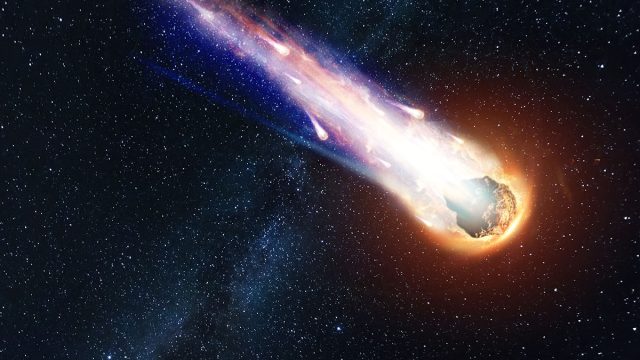
A massive meteorite that crashed into Earth contains two minerals previously unseen on the planet. When scientists at the University of Alberta analyzed a 2.4-ounce sample from the 15-ton rock, they found the two minerals. They believe the meteorite is the ninth-biggest ever to hit the planet.
"Whenever you find a new mineral, it means that the actual geological conditions, the chemistry of the rock, was different than what's been found before," University of Alberta Department of Earth & Atmospheric Sciences professor Chris Herd said in a statement. "That's what makes this exciting: In this particular meteorite you have two officially described minerals that are new to science." Read on to find out more about what the scientists discovered.
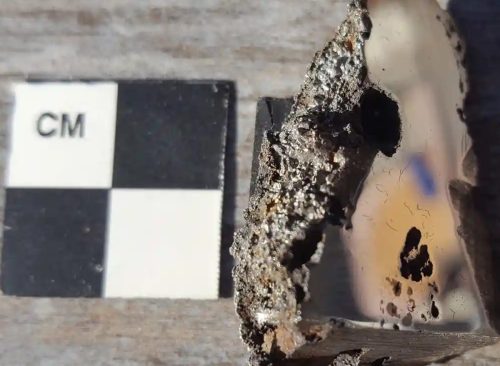
Scientists have named the new minerals elaliite and elkinstantonite. "Elaliite" references the region where the meteorite was found: the El Ali district in Somalia. "Elkinstantonite" is named after NASA expert Lindy Elkins-Tanton.
"Lindy has done a lot of work on how the cores of planets form, how these iron-nickel cores form, and the closest analog we have are iron meteorites. So it made sense to name a mineral after her and recognize her contributions to science," said Herd.

The two minerals were identified by Andrew Locock, head of the U of A's electron microprobe laboratory because each had been synthetically created before."These minerals have been synthesized in a lab by a group in France in the 1980s, so they were known to science in that regard," Herd told Global News, "but it doesn't get to be a called a new mineral until it's found in nature."
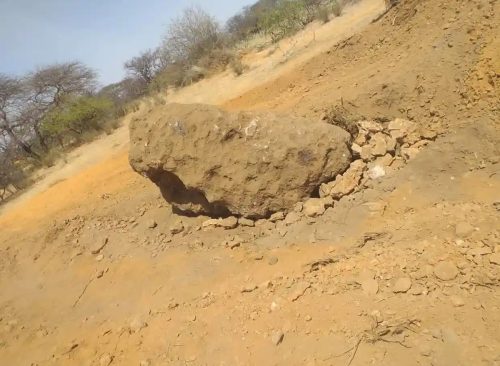
The rock was found in Somalia two years ago, and locals say it's much older. They dubbed it "Nightfall" and have mentioned it in poems and songs for more than five generations. The researchers also found a third mineral in the rock, which has yet to be identified. Herd believes even more minerals could be found if researchers can obtain more samples, but the meteorite appears to have been moved to China."
The rock itself sat for at least several generations in the area in Somalia where it was found," Herd told Global News. "It was known by camel herders as a place to stop and sharpen their tools. It's been removed from the site and actually removed from the country now, which is a bit unfortunate… It's a gigantic stone that has potential cultural significance."
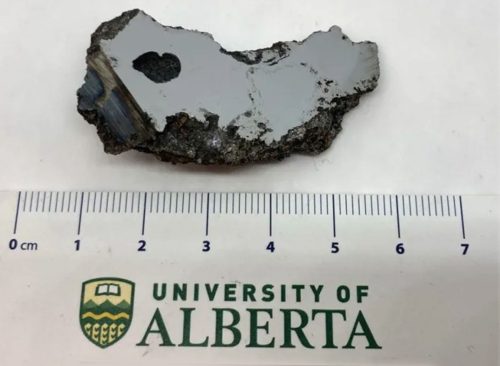
The meteorite could also reveal clues about how asteroids form, the university said in a news release. "Intriguingly, the meteorite that elaliite, the group that it belongs to, may not actually be from the core of an asteroid, it might be from kind of a gigantic pond of originally molten metal near the surface of an asteroid," said Herd. "Whenever there's a new material that's known, material scientists are interested too because of the potential uses in a wide range of things in society," he added.
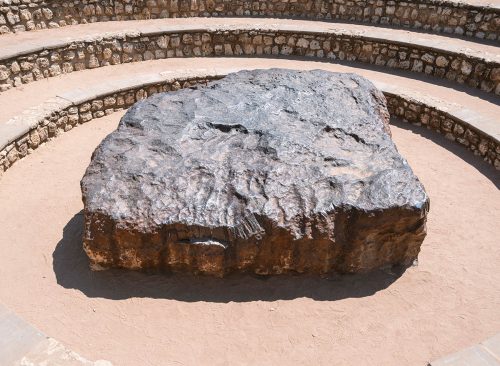
The biggest meteorite ever found on Earth was found in Hoba, Namibia, in 1920. It weighs 60 tons or 130,000 pounds. The space rock left no crater when it crashed into the planet (less than 80,000 years ago, scientists believe) and was accidentally discovered by a local farmer as he was plowing his fields. Today, it's on display at a visitor's center.
The biggest meteorite found in the U.S. is the Willamette meteorite, which was discovered in Oregon in 1902. It weighs in at 14 tons or 31,200 pounds. It also left no crater, and scientists believe it may have landed in Canada and drifted south. Today, it sits in the American Museum of Natural History in New York City, where it's been seen by 40 million people.














